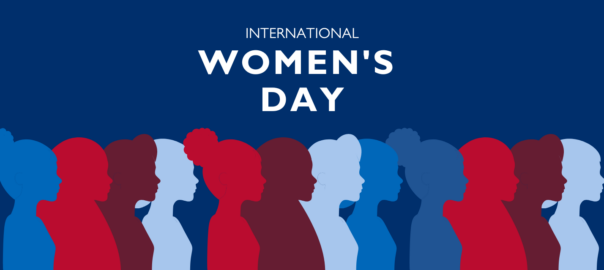International Women’s Day 2024

Today we take a closer look at data related to gender equality in honor of International Women’s Day 2024. The DHS Program routinely collects data on Sustainable Development Goal #5 related to gender equality in specific areas such as labor market participation, experience of violence, female genital mutilation, and more.
This year’s United Nations theme is “Invest in women: accelerate progress” for prosperous economies and a healthy planet. DHS data allow us to explore many specific indicators across regions and countries. How does women’s economic participation vary across countries from Ghana to the Philippines? How does Kenyan women’s experience of physical violence compare to Cambodian women’s experience of physical violence? What proportion of women in Burkina Faso and Nepal make their own decisions about sexual relations, family planning use, and health care?
The DHS Program has a long history of collecting data on women’s employment, experience of physical violence, decision making about sexual and reproductive health, and many other gender equality indicators. Governments and other stakeholders can use these data to make investments to accelerate progress towards achieving gender equality and women’s well-being worldwide.
Share this infographic on Facebook and Twitter, and don’t forget to tag #InternationalWomensDay #InvestInWomen to engage in this global conversation!



Explore the wealth of gender-related resources and publications available at dhsprogram.com. Learn more about Sustainable Development Goal #5, gender equality indicators from recent DHS surveys in the infographic below and by using STATcompiler.com.


thank you for the last information